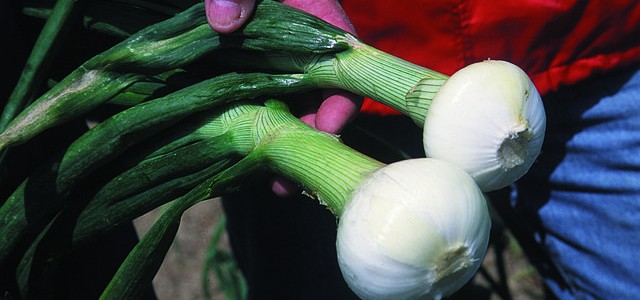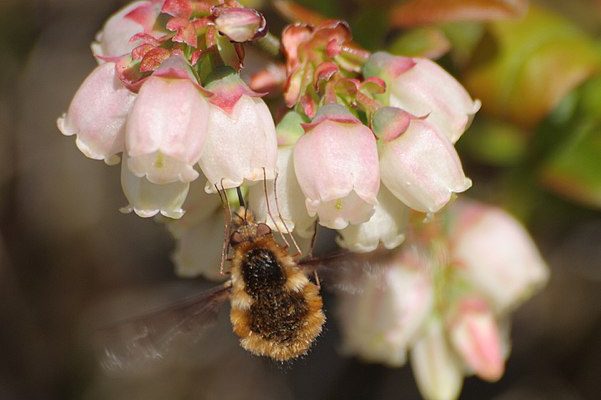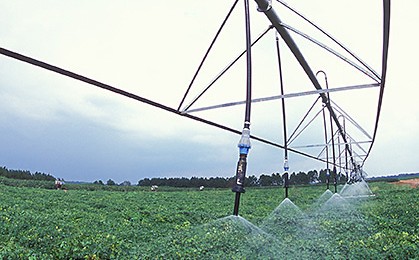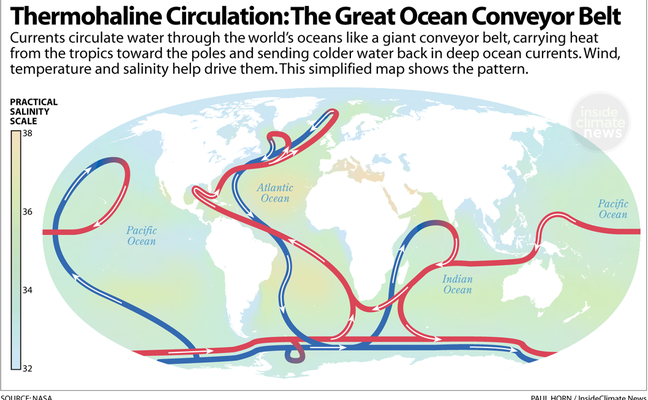-

The Packer reports that weather conditions this year are almost perfect for the harvest of Vidalia onions. The onions were delayed this year by about ten days compared to last year but are now doing well and there are plenty available. The yield is down by about 20% from last year due to colder conditions…
-

According to an article by The Packer this week, bush berries, including raspberries, blackberries and blueberries, have been delayed due to cold conditions in the eastern US but are slowly reaching maturity. Florida blueberries are now being harvested and should be done about mid-May but Georgia blueberries are expected to take over as the major…
-

Vegetable and Specialty Crop News posted a concerning story about Georgia blueberries this week. According to the story, while blueberries appear to have missed the worst losses due to spring frosts this year, they are facing loss of yield due to lack of pollenation. Cold and windy weather in March and April following the record-setting…
-

NOAA’s latest climate summary for the US in April 2018 shows that this year was the coldest April since 1997, more than 20 years ago. The persistent pattern of a ridge of high pressure in the West and a trough of low pressure in the East along with the accompanying temperatures was well captured by…
Posted in: Climate summaries -

The Climate Learning Network has announced an upcoming webinar on irrigation scheduling for improved water management and use to be held on May 10 at 3 pm EDT. Upcoming CLN/ANREP Webinars Irrigation scheduling tools for improved water management and water use efficiency Presented by: Allan Andales (Colorado State), Jim Bordovsky (Texas A&M), Danny Rogers (Kansas…
-

The Climate Learning Network announced today that their Climate Literacy Training is now available at eXtension. If you are an extension agent, then you can take advantage of this, but even if you are not, you might also be able to participate using the contact below. See the notice below for details on how to…
-

Lately there have been several stories in the news about the ocean circulation in the Atlantic slowing down, as measured by buoys in the Gulf Stream and with other sensors. But you might not know why this is important for earth’s climate. This article from InsideClimateNews.org provides a good basic description of how the oceanic…